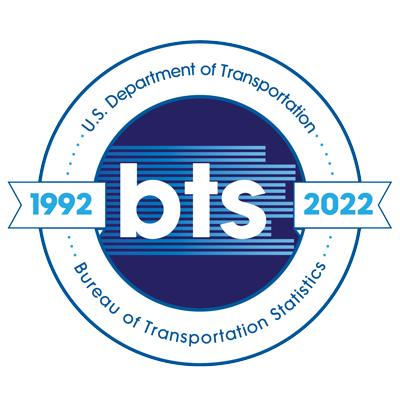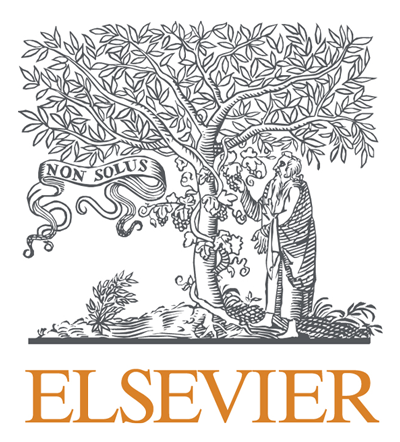Assessment of air pollution and air quality perception mis-match using mobility-based real-time exposure
Topics:
Keywords: mobility-based real-time exposure, environmental factors, uncertain geographic context problem, neighborhood effect averaging problem, perception of air pollution.
Abstract Type: Virtual Paper Abstract
Authors:
Wanying Song, The Chinese University of Hong Kong
Mei-Po Kwan, The Chinese University of Hong Kong
Jianwei Huang,
,
,
,
,
,
,
,
Abstract
Air pollution poses threat to human health. Public perceptions of air pollution are important for individual self-protection and policy-making. Given the uncertainty faced by residence-based exposure (RB) measurements, this study measures individuals’ real-time mobility-based (MB) exposures and perceptions of air pollution by considering people’s daily movement. It explores how contextual uncertainties may influence the disparities between actual air pollution exposure and perceived air quality by taking into account RB and MB environmental factors. In addition, we explore factors that are related to the mismatch between people’s perceived air quality and actual air pollution exposure. The results show that older people and students tend to give positive assessments of air quality. People who have more serious mental health symptoms (e.g., depression) and higher exposures to MB transportation land use tend to have negative assessments of air pollution. Older people and people with high MB open-space exposures tend to have a higher chance to underestimate actual air pollution. People with more serious mental health symptoms and unemployed people tend to have negative assessments of air quality and high air pollution exposure. The study found that the uncertain geographic context problem (UGCoP) and the neighborhood effect averaging problem (NEAP) exist in research on air pollution exposure and perception. The results can help policymakers to increase public awareness of high air pollution areas and consider the health effects of landscapes during planning.
Assessment of air pollution and air quality perception mis-match using mobility-based real-time exposure
Category
Virtual Paper Abstract








